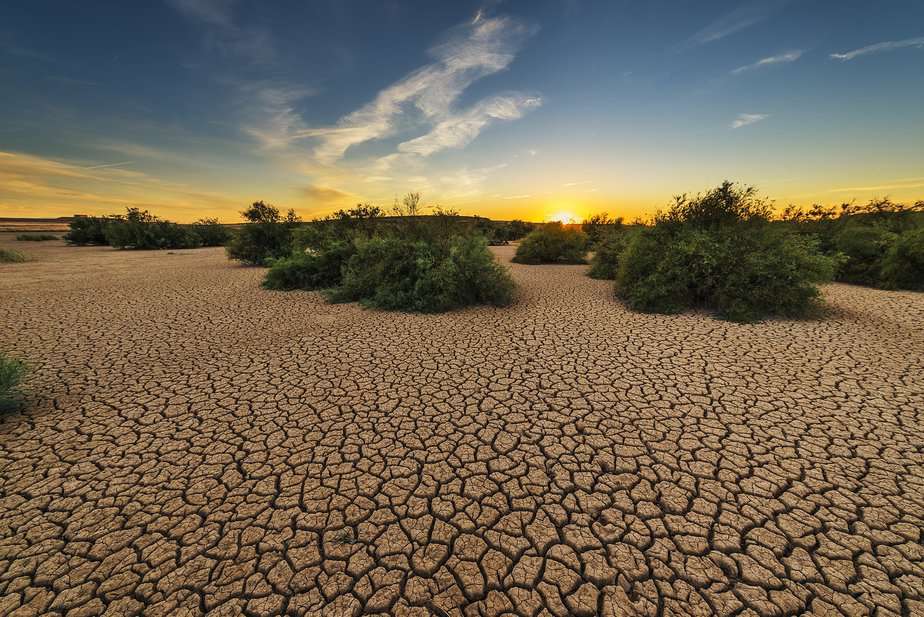
How to protect your future
Droughts are natural phenomena that can have devastating effects on agriculture, particularly for small farms. As climate change intensifies, the frequency and severity of droughts are increasing, leaving farmers grappling with water scarcity and its impact on their livelihoods. Farm dams, also known as farm ponds or reservoirs, play a crucial role in enhancing drought resilience for small farms. In this blog post, we will explore the significance of farm dams, their benefits, and essential considerations for their sustainable implementation, empowering small farmers to better cope with the challenges posed by drought.
Understanding Farm Dams
Farm dams are artificial water bodies constructed on farms to collect and store rainwater runoff or water from other sources such as streams and springs. They act as a vital on-site water storage solution, enabling farmers to harness the unpredictable nature of rainfall and use it more effectively during dry spells. These dams range in size and design, from small earthen ponds to larger concrete or lined reservoirs, depending on the farm’s water requirements and available resources.
Benefits of Farm Dams
The primary benefit of farm dams is the ability to store water during periods of ample rainfall, ensuring a reliable water supply during droughts. With adequate storage capacity, farmers can irrigate their crops, provide water for livestock, and maintain essential farm operations even during extended dry periods. This level of water security significantly reduces the vulnerability of small farms to the impacts of drought.
Increased Crop Yield
Farm dams enable better water management, allowing farmers to optimize irrigation practices. They can release water gradually, ensuring a consistent supply to crops without waterlogging or wastage. This controlled irrigation enhances crop yield and quality, contributing to more sustainable and profitable farming.
Livestock Support
During droughts, the availability of water for livestock becomes critical. Farm dams provide a source of water for grazing animals, ensuring their well-being and supporting the continuity of livestock-based enterprises. Moreover, it reduces the need for animals to travel long distances in search of water, preventing stress and potential health issues.
Biodiversity and Conservation
Farm dams, when designed with ecological considerations, can attract wildlife and contribute to local biodiversity. They become habitats for various species of birds, amphibians, and aquatic organisms. By promoting biodiversity on the farm, farmers contribute to ecological balance and conservation efforts.
Implementing Sustainable Farm Dams
While the benefits of farm dams are significant, their successful implementation requires careful planning and adherence to sustainable practices. Here are some essential considerations for small farmers looking to build farm dams:
Selecting the appropriate location for a farm dam is critical. It should ideally be situated where it can capture runoff from a significant catchment area. Factors such as soil type, topography, and proximity to water sources should be evaluated to ensure maximum efficiency and minimal environmental impact.
Water Catchment and Rainwater Harvesting
To make the most of farm dams, farmers should invest in rainwater harvesting techniques. Collecting runoff from roofs and other farm structures can contribute to filling the dam during rainfall events, supplementing the water supply during dry spells.
Environmental Impact
Constructing a farm dam should be done with environmental responsibility in mind. Ensuring proper engineering and design can minimize negative impacts on local ecosystems and aquatic life. Where possible, farmers should seek guidance from environmental experts to assess potential ecological implications and mitigate any adverse effects.
Legal and Regulatory Compliance
Before building a farm dam, farmers should familiarize themselves with local regulations and obtain any necessary permits. Compliance with legal requirements is crucial to avoid legal issues and ensure the long-term viability of the dam.
Conclusion
Farm dams are indispensable assets for small farms, providing a lifeline during periods of drought and water scarcity. By enabling efficient water storage, they offer water security, increase crop yields, support livestock, and foster biodiversity on the farm. Nevertheless, their implementation requires thoughtful planning, adherence to sustainable practices, and consideration of the environment’s well-being.
As climate change continues to impact weather patterns, small farmers must proactively embrace solutions like farm dams to build resilience and sustain their livelihoods. With strategic investments and a commitment to responsible water management, farm dams can become essential tools in the fight against the growing challenges posed by droughts for small-scale agriculture.
More reading
The Environmental Benefits of Farm Dams on Small Farms

Pingback: The 5 Reasons That Water Is The Next Oil | Big Ditch Dam Building Company